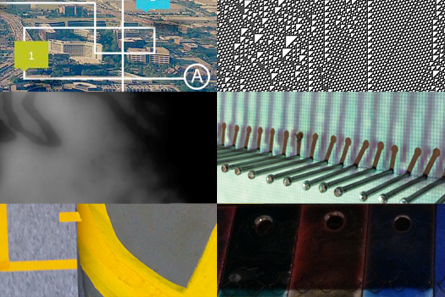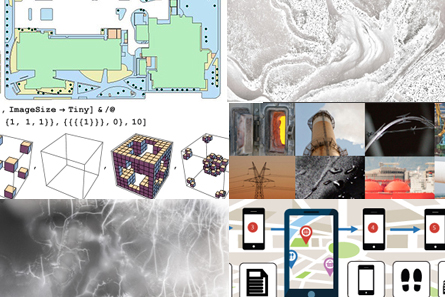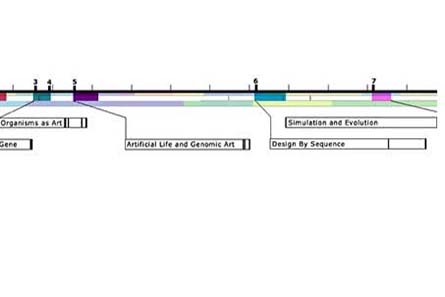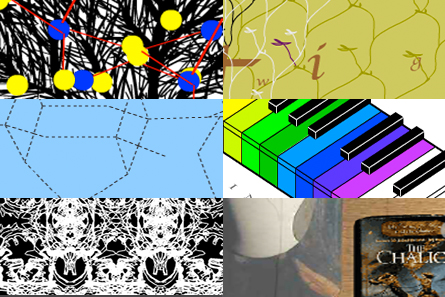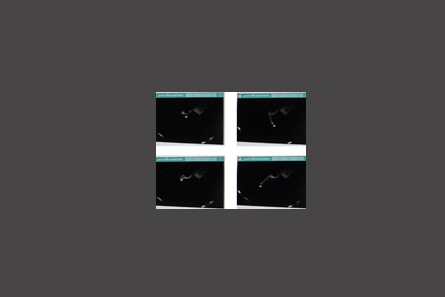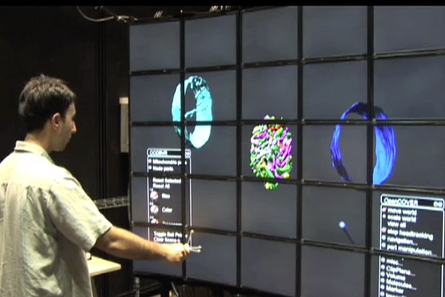I have had the pleasure of collaborating with and mentoring/advising students from a variety of disciplines including design | media arts, fine art, computer science, engineering, bioengineering and music. This work has ranged from adivsing graduate and undergraduate independent and thesis research to collaborative projects and teaching.
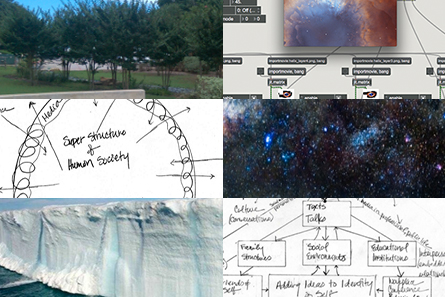
Interdisciplinary Research Studio
At the University of North Texas, Professor Ruth West instructs a research studio, based at xREZ Art + Science lab, focusing on granting multidimensional students the space given to explore and refine their interdisciplinary ideas. A collaborative environment fosters knowledge and creativity by granting students all creative liberty in choice of medium and topic of interest.
New Media Graduate Studio
Art + Science: Creative inquiry, embodied knowing, and flow
How does art-making result in new forms of inquiry? What is the potential impact of listening to molecular music or creating artificial life? What does it mean to make art in order to create new knowledge, to collect data, analyze it, or present ones findings? Are artists working at the intersection of the natural, physical or life sciences and art adding something to our understanding and experience of life that scientists are not or simply cannot?
Independent Research
At xREZ Art + Science Lab at the University of North Texas, Professor West teaches an Independent Study course for interdisciplinary students. This course enables students to explore individualized topics for interdisciplinary research. It provides students with a foundation in innovative practices that bring together the arts and sciences irrespective of medium or modality.
Genetics and Culture: From Molecular Music to Transgenic Art
Is creating a glow-in-the dark transgenic rabbit art or is it science? What is the potential impact of listenting to molecular music or creating artificial life? Have you considered your “molecular Self” lately? Are artists adding something to our understanding of life that scientists are not or possibly cannot? Is interdisciplinarity a foundational element of 21st Century culture? This course explores innovative art practices that have scientific concepts at their core. It encourages students to imagine disciplinary connections, building bridges between the arts and sciences while exploring the emerging fields of genomic arts, bioart, and new media.
Dynamic Web
This studio course explores creative production through networked multimedia environments, focusing on the World-Wide-Web. It combines creative exploration with critical discussion of relvant readings and a review of work by contemporary media artists and designers. Equally important is the discussion of issues related to mediation/remediation, the phenomenology of interactivity, experience design, interface theory, usability, theories of representation and production, and virtual and mixed realities. Hands on instruction introduces students to the fundamentals of production of 2D online spaces. Interdisciplinary projects include the conceptual design and mock-up of “organo-electronic devices” which fuse characteristics of biological life forms with existing net-aware mobile devices.
Students
Iman Mostafavi (Computer Science and Engineering, UCSD, Masters Thesis): Remeshing Using Learned Image Boundaries
New algorithm for “upcycling” meshes of lower quality to a higher quality suitable for finite element and molecular simulations. The goal of this research is to use learned boundary information within imaging data to intelligently and automatically remove artifacts while preserving real image features in order to refine and improve the quality of existing manual segmentations and meshes. In collaboration with Dr. Matthias Zwicker (CSE Faculty, UCSD).
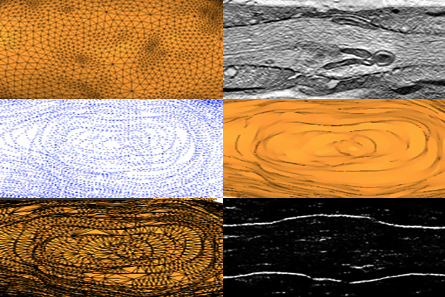
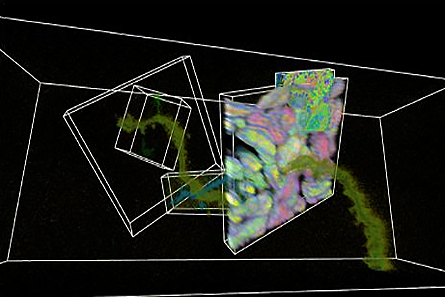
Chih Liang (Computer Science and Engineering, UCSD, Masters Thesis): Interactive Superimposition, Alignment, and Nesting of Multiple Multi-Channel Volumes
Strategies for multi-resolution, multi-scale, multi-modal data exploration play a vital role in the elucidation of structure-function relationships within biological systems. The goal of this research is to enable interactive merging and manipulating of multi-resolution correlated data and visualizing massive volumes at interactive rates. The algorithm developed allows for the superimposition of an arbitrary number of volumes, each with arbitrary number of channels and of arbitrary sizes. In collaboration with Dr. Jurgen Schulze (Calit2 Immersive Visualization Laboratoroy and Dr. Matthias Zwicker (CSE Faculty, UCSD)
Interdisciplinary projects
blending art and science created by students can be viewed in the Genetics and Culture galleries.
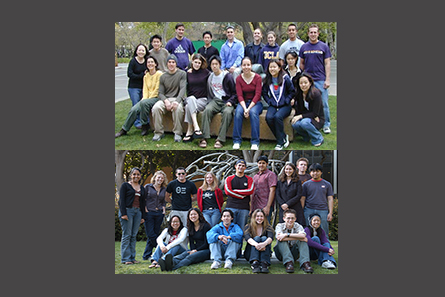
Whole Body/Gesture-based Interaction
Several groups of students from UCSD Electrical and Computer Engineering have worked with the ATLAS in silico project to develop a camera and IR based system for optical markerless hand tracking to enable interaction within virtual environments. Key collaborators: Todd Margolis, Alex S. Horn, Raj Singh, and Dr. Javier Girardo and students from the ECE 191 course.
Multi-scale Data Exploration
Ongoing collaborative research to develop systems for real-time visualization and interaction with multi-modal data representing very large and high-dimensional datasets (2D, 3D, and 4D) within immersive environments utilizing ultra-high resolution displays connected by high-bandwidth low-latency networks to facilitate distributed collaboration. This research integrates ultra-high resolution tiled displays, computer grahics and visualization, interatctive technologies and multi-modal, multi-resolution imaging data of biological systems. Key collaborators: Iman Mostafavi, Dr. Jurgen Schulze, Raj Singh, in addition to NCMIR, Calit2 and EVL researchers.

